Description
What is Anterior Cervical Plate System?
Anterior cervical plate system is a type of medical implant used in cervical spine surgery. It is designed to provide stabilization and fusion of the cervical spine following cervical discectomy and decompression procedures.
The system consists of a metal plate that is attached to the front of the cervical spine with screws, and is typically made of titanium or stainless steel. The plate provides stability to the spine while the bone graft used in the procedure fuses the vertebrae together over time.
Anterior cervical plate systems are used to treat a range of cervical spine conditions, including degenerative disc disease, herniated discs, spinal stenosis, and cervical fractures.
What is the material of Anterior Cervical Plate?
Anterior Cervical Plate systems are typically made of titanium or titanium alloy materials. This is because titanium is a biocompatible metal that is strong, lightweight, and has good corrosion resistance. These properties make it an ideal material for medical implants that require long-term implantation in the body.
What are the types of Anterior Cervical Plate?
Anterior Cervical Plate Systems can be classified based on various factors, such as the number of levels they can be used for, the size and shape of the plates, the locking mechanism, and the approach used to insert them. Here are some of the types of Anterior Cervical Plate Systems:
Single-level or multilevel: Some systems are designed for use in a single level of the cervical spine, while others can be used for multiple levels.
Plate size and shape: Anterior Cervical Plate Systems come in various sizes and shapes to accommodate different anatomies and surgical approaches. The plates can be rectangular, semi-circular, or horseshoe-shaped.
Locking mechanism: Some plates have locking screws that are designed to prevent screw backout, while others have non-locking screws.
Approach: There are various approaches for inserting Anterior Cervical Plate Systems, including open anterior, minimally invasive, and lateral approaches. The type of approach used may depend on the surgeon’s preference, patient anatomy, and the specific surgical indication.

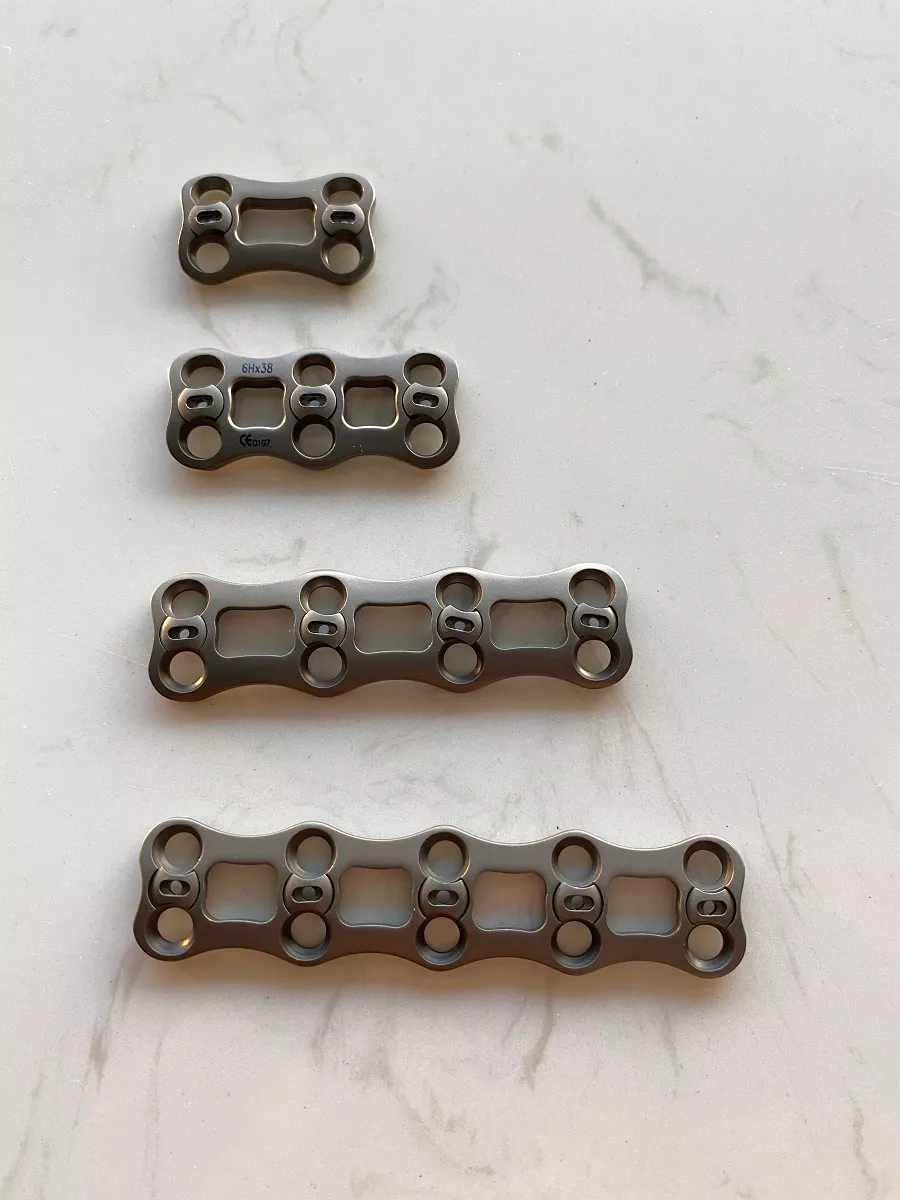

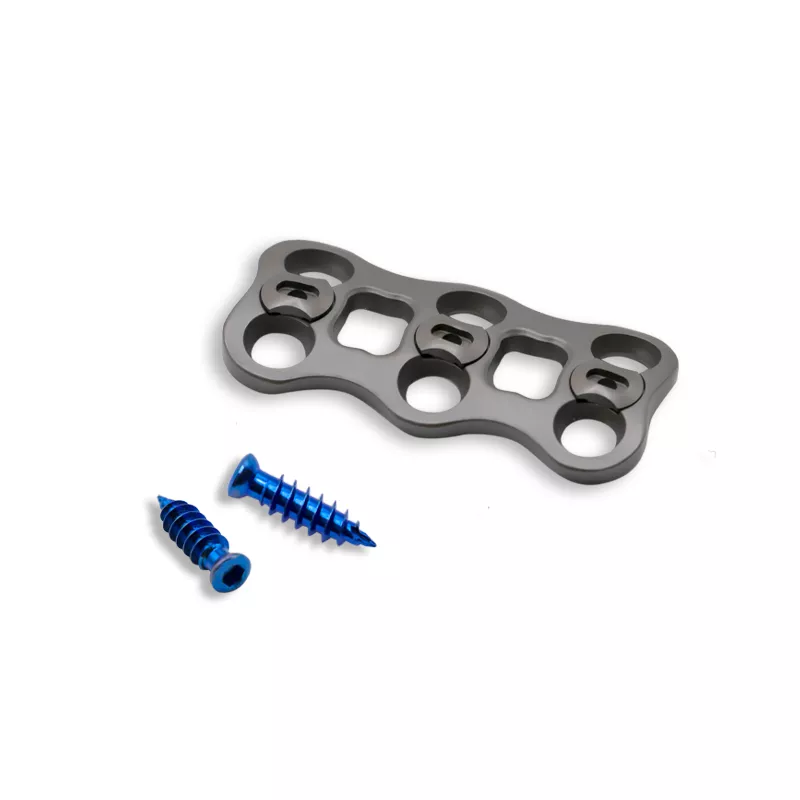
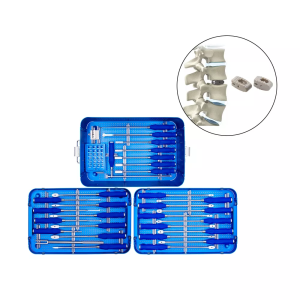
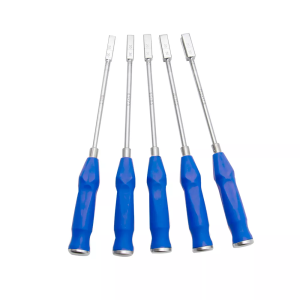
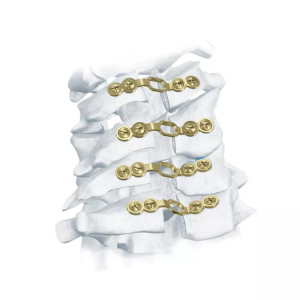
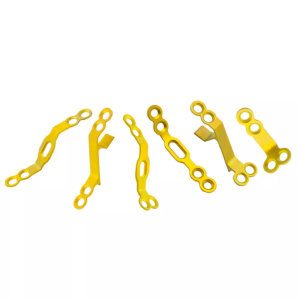

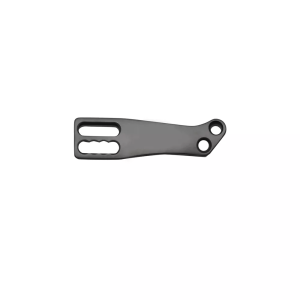
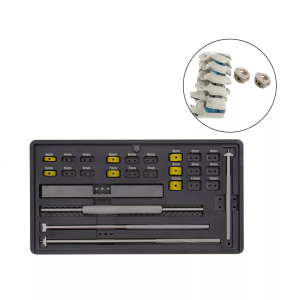
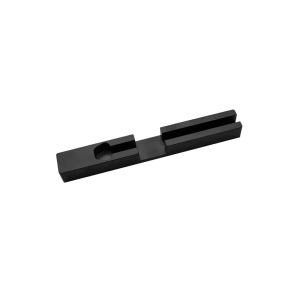
Reviews
There are no reviews yet.